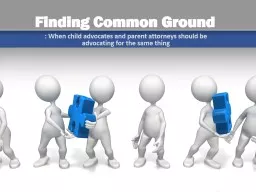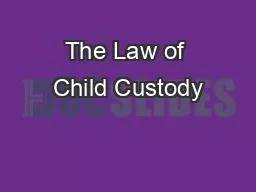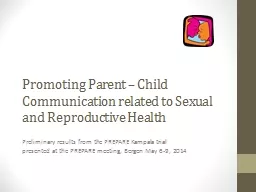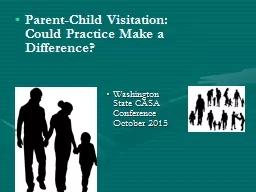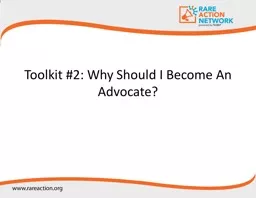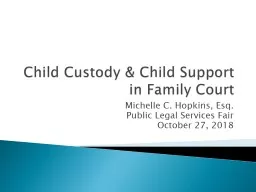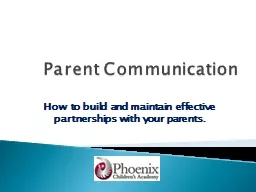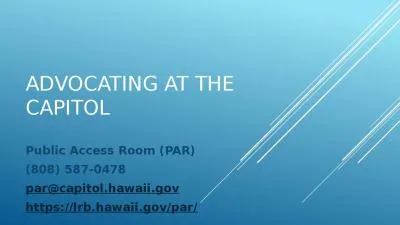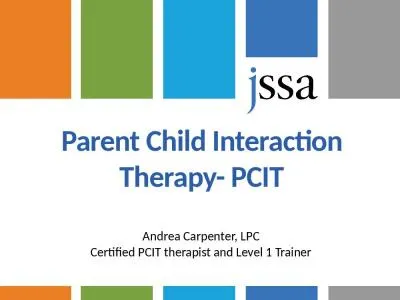PPT-: When child advocates and parent attorneys should be advocating for the same thing
Author : aaron | Published Date : 2019-06-21
Finding Common Ground Key Questions in the Beginning Can the child return home If not where should the child be placed If the child is placed outside of the home
Presentation Embed Code
Download Presentation
Download Presentation The PPT/PDF document ": When child advocates and parent attorn..." is the property of its rightful owner. Permission is granted to download and print the materials on this website for personal, non-commercial use only, and to display it on your personal computer provided you do not modify the materials and that you retain all copyright notices contained in the materials. By downloading content from our website, you accept the terms of this agreement.
: When child advocates and parent attorneys should be advocating for the same thing: Transcript
Download Rules Of Document
": When child advocates and parent attorneys should be advocating for the same thing"The content belongs to its owner. You may download and print it for personal use, without modification, and keep all copyright notices. By downloading, you agree to these terms.
Related Documents

